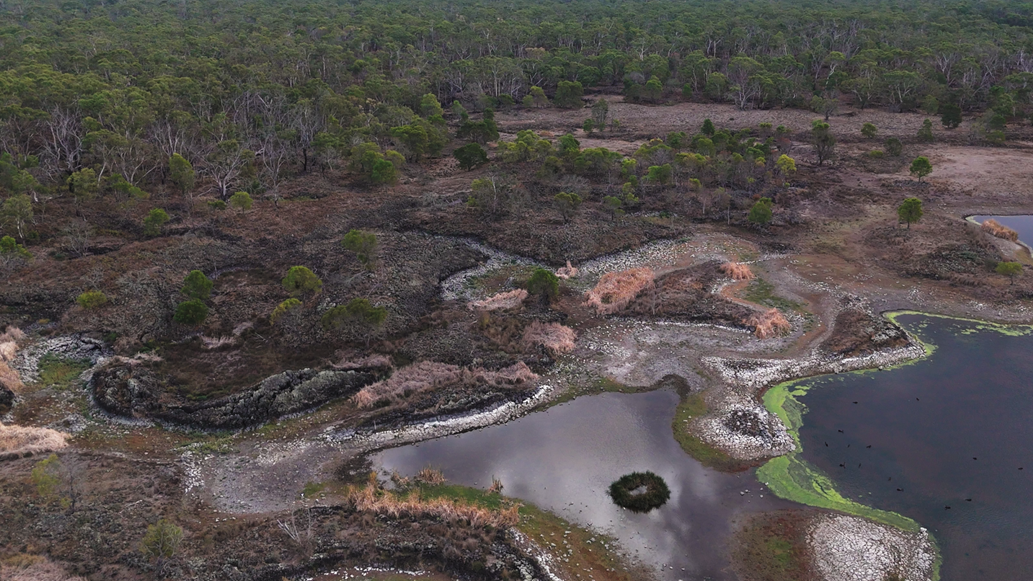The key to reconciliation and climate protection is respecting our oldest science
- Media release - 24 June 2025
- Australia urged to catch up with the world by backing First Nations-led conservation
A national initiative is combining environmental DNA (eDNA) technology with over 60,000 years of Traditional Owner knowledge to care for biodiversity, strengthen ecosystems, and create job opportunities.
Designed with ranger groups and cultural advisors at the forefront, the program uses eDNA to detect species, track ecosystem health, and guide conservation — with all data governed by Traditional Owners.
"I encourage all Traditional Owners to start the conversation around adding eDNA as a monitoring tool for your country,” said Nicky Hudson, Water Officer at Gunditj Mirring Traditional Owners Aboriginal Corporation.
"It is a great way to identify and detect what aquatic species, flora and fauna are within your area that you may not be able to detect using other monitoring methods.”
As species decline accelerates and ecosystems come under growing pressure, the program offers a bold, community-led solution grounded in both innovation and culture.
"We’re already seeing this model work extremely well across the globe — in places like South America and North America — so the question isn’t if corporate and government Australia should back it, but when,” said Jim Stuart, CEO of EnviroDNA.
Projects — such as the one on Gunditjmara Country in the World Heritage Budj Bim Cultural Landscape — are shaping long-term fishery plans, protecting culturally significant species, and strengthening community decision-making.
Budj Bim, is home to the oldest dated aquaculture system on Earth, playing a vital role through ecology and Indigenous heritage. Initial surveys have already detected 53 species, helping Gunditjmara rangers design restoration plans rooted in both science and culture.
As momentum builds around First Nations-led conservation, Gunditj Mirring Traditional Owners Aboriginal Corporation and EnviroDNA are calling on governments, funders, and industry to help scale the program nationally.
"Sharing knowledge between our organisations helps us both to understand and track changes over time, when talking about climate change and how we can assist our wildlife and country to thrive in an ever changing world,” added Ms Hudson.
"This is what climate-resilient conservation looks like — First Nations-led, grounded in Country, and powered by EnviroDNA science,” Mr Stuart.
"The time to get it right is now.”
Learn more
As covered by:

